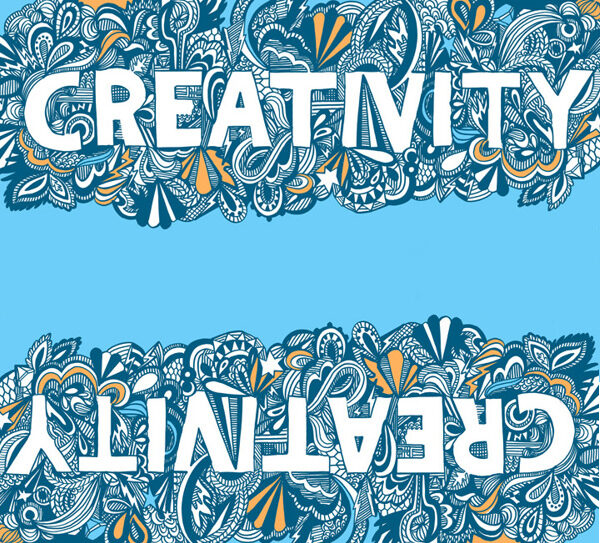If you had a happy childhood, odds are a lot of time was spent engaged in creative pursuits: playing pretend with friends, making art projects, or just using your imagination. Most kids begin this way, growing their minds and learning about the world through a unique lens, until gradually things begin to change. Less and less time is spent wrapped up in carefree play until eventually, for some, creativity becomes unfamiliar and uncomfortable.
The ways in which people arrive here are varied, and many are just a necessity of growing up: responsibility, expectations, analytical developments, etc. These factors cut into our unstructured time as we get older. Contrary to popular belief, these are not enemies to creativity, but necessary developments that help one become a useful member of society and can even add helpful constraints to our creative thought processes.
However, for many people there also existed some event, or many events, in which creativity became a source of fear and discomfort. Perhaps drawing skills were ridiculed, parents considered art a waste of time, or perfectionism turned creativity into a hated enemy. The conclusions drawn are common: I am not creative OR creativity is for children.

If this describes you, you are not alone! The average public school curriculum is a great place to view this phenomenon-at-large:
This is only based on my biased experience, and I have every hope that your experience was different!
Kindergarten – Finger paint land. Unstructured play, art and hands-on learning abound.
Elementary school – Construction paper land. Far more structured and analytical subjects added, but still plenty of dioramas, drawings etc. By the end of third grade most kids have established whether or not they are “good at” being creative.
Middle school through high school – The peer pressure/conformity vortex. Besides required art classes, creativity is only for artsy weirdos or socially acceptable creative types.
The attitude gained in middle school and high school generally carries through college and adulthood, where careers either label people as a “creative” or “not creative”. Oddly enough, this definition of creative has been narrowed to mean only artistic fields. To me, this accepted definition is insane, but more on that later.
“‘I’m not very creative’ doesn’t work. There’s no such thing as creative people and non-creative people. There are only people who use their creativity and people who don’t.” – Brene Brown
WHY THIS MATTERS
As a web designer, I am firmly labeled as a creative. Hiring a creative when one views him or herself as a non-creative can be viewed as intimidating, exciting, or a nuisance. Most of the time, the way a client approaches a design project is directly reflective of how they view creativity at large. This is an exaggerated list of initial client attitudes:
Hostile – Creatives are basically aliens. I am not creative because creativity is a waste of time compared to accomplishment and achievement. Hiring a creative agency is a necessary evil for achieving an outcome, but design doesn’t say much about our company.
Intimidated – Creativity is a foreign language. I’m impressed when people speak it but it’s all Greek to me! This person might say something like “I’m amazed with you creatives. I can’t even draw a stick figure!”
Excited – Creativity is the tool employed to solve any new problem. Design is an opportunity to communicate who my company is, our goals, and improve our relationships with customers. The creative agency and I are in this together. Obviously, this attitude is the holy grail of client relationships.
Yes, these examples are extreme, but I can assure you I have experienced each of these attitudes. Most clients are somewhere in the middle, and part of my job is to explain the process thoroughly, ask the right questions, and get people as close to the excited attitude as possible!
In the current climate of business, technology is evolving so rapidly that nearly every field requires innovation, or results in stagnation. I have news: Innovation IS creativity. Solving problems in a new way is at the core of creativity, and as humans we do it all the time!
Before starting any new project, I would love to get this straight: Everyone is creative. You are creative. Now let’s make something awesome!

